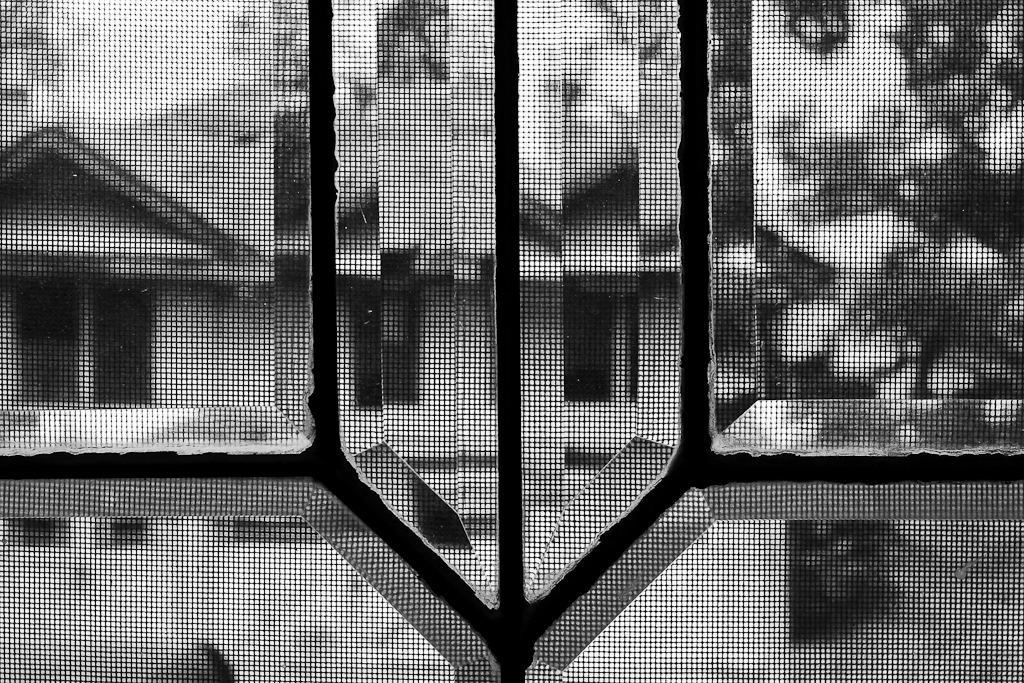I want to photograph your favorite building — of whatever size — in each of those cities. This is not a contest. However, it is a request for your help. As familiar as I am with Dallas and, somewhat, Fort Worth, I haven’t been to those other cities in years and need your help in identifying those buildings that are iconic in stature.
That doesn’t mean they have to be skyscrapers in the downtown Central Business District. Hell, the buildings you suggest could be. . . a funky little gas station or taqueria, or a 3-story office building. Do you find yourself staring at it every time you drive by? THAT’S the building I want to photograph!
Why, you ask, am I doing this? Simple. It’s time to update my Architectural Portfolio and get serious about a longtime interest in this area of photography.
Along the way, maybe I’ll meet some interesting people and throw back a beer or two during down times. I’ll try my best to blog about it here while I’m on the road.
With the best sun in the morning and evening, I won’t have much of a chance to shoot a LOT of buildings, just the ones that fall into that iconic category. Write me an email (Tanguero@mac.com), text me (469-279-9018) or Tweet me (@TangueroLS) and tell me exactly where the building or business is — correct addresses earn extra points!
And while your at it, pass this along to your friends, and ask them to pass it along. The more people involved, the better.
By the way, for anyone who makes a contribution to the cause along the way, there's a print of your favorite building with your name on it waiting for you at the end. Or, rather, with MY name on it, since. . . well, you get the idea.










